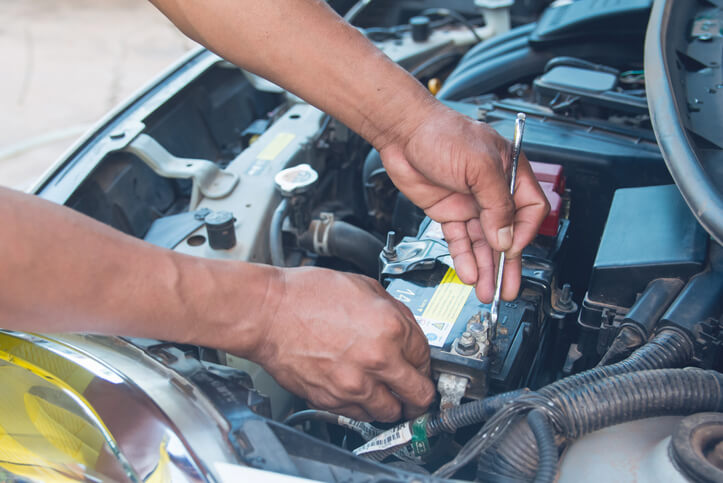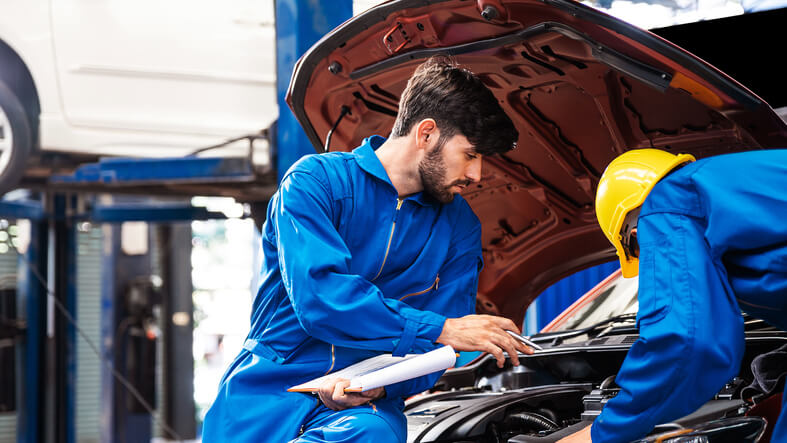4 Common Repairs to Learn in Auto Mechanic School
If you’re interested in becoming an auto mechanic, you may wonder what types of repairs you should focus on learning. In the early stages of your career, learning these common repairs might be just a way for you to fully get your feet wet for the first and get a feel for the job. However, you may later decide to pursue a specialization in any of them further along in your career.
While countless car issues can arise, some are more common than others. By mastering these common repairs, you’ll be well-prepared to tackle many of the problems that drivers encounter regularly. In this blog, we’ll explore a few common repairs you’ll most likely deal regularly with throughout your career, which you’ll learn in auto mechanic school.
1. You’ll Learn How to Fix Brake Issues in Auto Mechanic School
Brake problems are among the most common car issues, and they can be very dangerous if not addressed promptly. Some common brake problems include worn-out brake pads, squeaking or squealing brakes, leaking brake fluid, and stuck callipers. One of the first things you’ll learn in auto mechanic school is how to diagnose these issues and repair them using a variety of tools and techniques.
2. Battery Problems
Another common issue drivers encounter is a dead battery. This can happen for various reasons, such as leaving the lights on or having a faulty alternator. In automotive school, you’ll learn how to test a battery and determine whether it needs to be replaced. You’ll also learn how to jump-start a car and diagnose charging system issues.

3. Engine Trouble
Engine issues can range from minor to severe, but some of the most common problems include a misfiring engine, a faulty fuel pump, and a clogged air filter. To accurately diagnose and fix these issues, you’ll learn how to use diagnostic tools to pinpoint the source of engine problems and also how to repair or replace faulty components.

4. Suspension and Steering Issues
Problems with a car’s suspension and steering can make it difficult or unsafe to drive. Some common issues include worn-out shocks or struts, misaligned wheels, and worn-out ball joints. These components are responsible for absorbing the bumps and vibrations of the road, and they can wear out over time. When this happens, a vehicle may experience a bumpy or uncomfortable ride. In auto mechanic school, students learn how to diagnose worn shocks and struts, as well as how to replace them.
By learning these common repairs, you’ll be well-prepared to tackle many issues drivers encounter regularly. Of course, there are many other car problems that you’ll encounter throughout your career as an auto mechanic, but these repairs will provide a solid foundation for your training. If you’re interested in pursuing a career in auto mechanics, find a reputable school that offers comprehensive training in these areas and more. With the right education and training, you can become a skilled and knowledgeable auto mechanic who can diagnose and repair many car problems that come your way.
Are you interested in attending automotive training?
Contact ATC Cambridge to learn more about our program.


